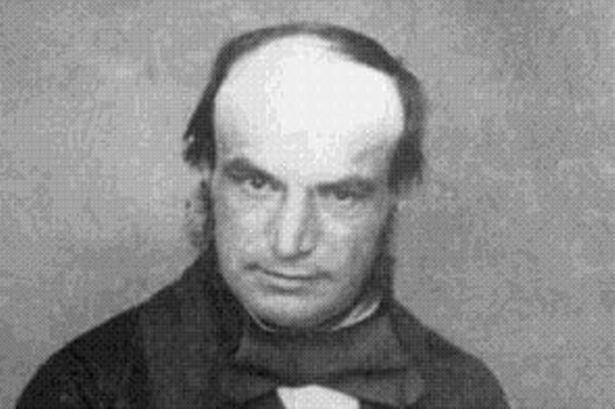He was the first to determine the existence and location of Neptune: Who is John Couch Adams?
Adams was recognized as one of the competent astronomers of his time on the dynamics of the solar system.

(1819-1892) English astronomer and mathematician. A year before the French astronomer Le Verrier detected the existence of Neptune and calculated its location. He was born on the 5th of June in Laneast, Cornwall. Born into a middle-class farming family, Adams excelled in mathematics early in his education. He studied at Cambridge University on a scholarship (1837-1843). Scotland's St. He continued all his studies at Cambridge University until the end of his life, except for one year when he was a professor of mathematics at Andrews University. He was appointed to the professorship of astronomy and mathematics at the same university in 1858 and to the director of the observatory of this university in 1860. He died in Cambridge on January 21.
The events leading up to the discovery of Neptune begin with Herschel's discovery of Uranus in 1781. Although astronomers tried to explain the deviation of about 1 minute observed in the orbit of this new planet with the gravitational forces of other planets in the Solar system, as was the case until then, the issue remained a puzzler for many years.
As can be seen from a note he made in his diary while he was still a student at Cambridge, this subject was on Adams' mind, for two years he studied the Uranus rulers and evaluated all the data concerning the position and motion of the new planet. In the end, he came to the conclusion that this aberration, which could not be explained by the influence of known planets, was caused by another yet undiscovered planet. As a matter of fact, he was able to calculate the location and orbit of this unknown planet in the autumn of 1845, benefiting from the work of his predecessors. Although he presented his conclusion to the Cambridge Observatory director in a report, the issue was not given due attention. Meanwhile, the French astronomer Le Verrier, who was at the same time as Adams, had concluded his work and sent the results to the Berlin Observatory in June 1846. While Cambridge Observatory, which started working on Adams' report, could not get a positive result from the observations it made in August, on September 23, 1846, the Berlin Observatory announced that it had observed this new planet in line with Le Verrier's calculations. There was only one degree of longitude difference between the planet's location and Adams' calculations. The incident caused great controversy among astronomers, and the proposal to name the planet after Le Verrier was turned down. As a result, although the discovery of this new planet, which is conventionally named "Neptune", is not attributed to Adams, the value of his pioneering and faithful work on this subject is accepted by the whole scientific world today.
Adams was recognized as one of the competent astronomers of his time on the dynamics of the solar system. Although he initially opposed Laplace's approach to explaining the century's acceleration in the moon's motion, he later admitted that his assumption was valid. Also, together with Le Verrier, he determined that the trajectory of the Leonite meteor shower observed in 1866 coincided with the trajectory of the comet 1866-1. Observed every year in November and emanating from a point in the constellation Leo, these meteor showers were most pronounced in the years when a comet was observed following the same orbit, and two astronomers suggested that these meteorites were caused by the fragmentation of a comet. Adams' notes were posthumously compiled by W G Adams and R A Sampson and published in two volumes between 1896 and 1900 as The Scientific Papers of John Couch Adams.
